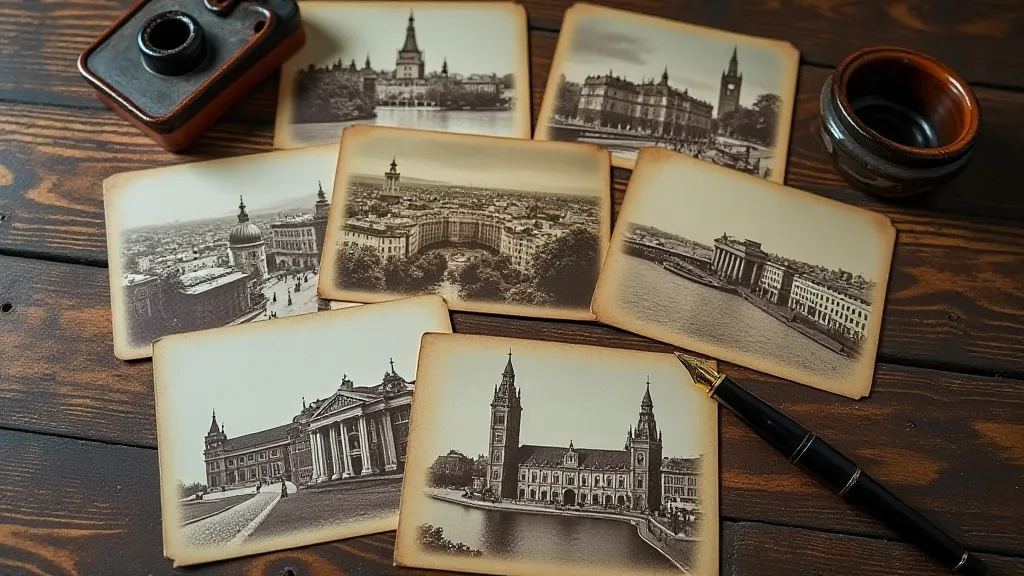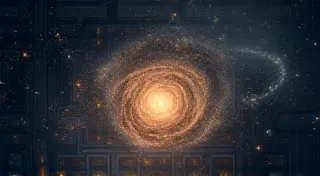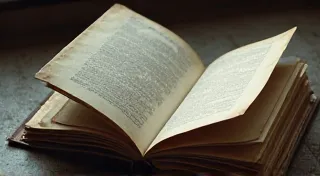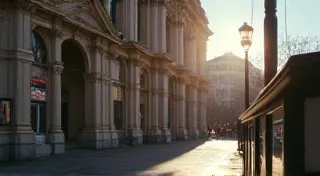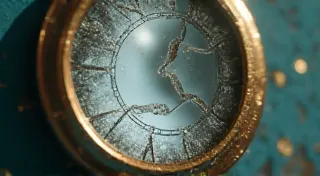The Luster of Absence: How Blank Spaces Define Postcard Memories
There's a peculiar romance that clings to vintage postcards, a quiet allure that extends beyond the picturesque landscapes or the bustling city scenes they depict. It’s not solely about the image itself, but something more ephemeral, more potent – the absence of a message. The blank space on the right side, the area intended for a quick note, a hurried greeting, a fleeting thought shared across miles, is where a great deal of the postcard's true magic resides. These unused spaces aren't voids; they's repositories of untold stories, of potential connections lost to time, of moments poised on the brink of expression.
I remember my grandfather, a man of few words, but with eyes that held a universe of experiences. He collected postcards – not in a systematic way, but as souvenirs of journeys taken, of people encountered. He’s the one who sparked my own fascination. Looking through his collection as a child, I was drawn to the images, of course. A snow-dusted Austrian village, a sun-drenched beach in California, the Eiffel Tower shimmering in the twilight – they whispered of adventure and possibility. But it was the blank spaces that truly captivated me. I imagined the conversations they represented, the lives they briefly touched, the emotions they were meant to convey but ultimately remained suspended in the ether.
A Brief History of the Unsent Note
Postcards, as we know them, emerged in the late 19th century, coinciding with advancements in printing and the expansion of postal systems. The initial design – a divided back – cleverly combined the image with a space for a brief message and the address. The "golden age" of postcards, roughly from 1893 to 1915, witnessed an explosion in production and popularity. They were the Instagram of their time – an affordable and accessible way to connect with loved ones, to share experiences, and to stay in touch. But the brevity required – often just a few lines – meant many messages were never written. Perhaps the sender ran out of time, a sudden event interrupted the thought, or the connection simply faded.
Consider the societal context. Sending a postcard was a small investment, but a commitment to a moment of connection. The recipient would hold this small piece of paper, a tangible link to the sender’s life. The blank space represented a promise – a promise of news, of shared laughter, of reassurance. When that promise remained unfulfilled, a silent disconnect was created, a tiny thread severed from the tapestry of human connection.
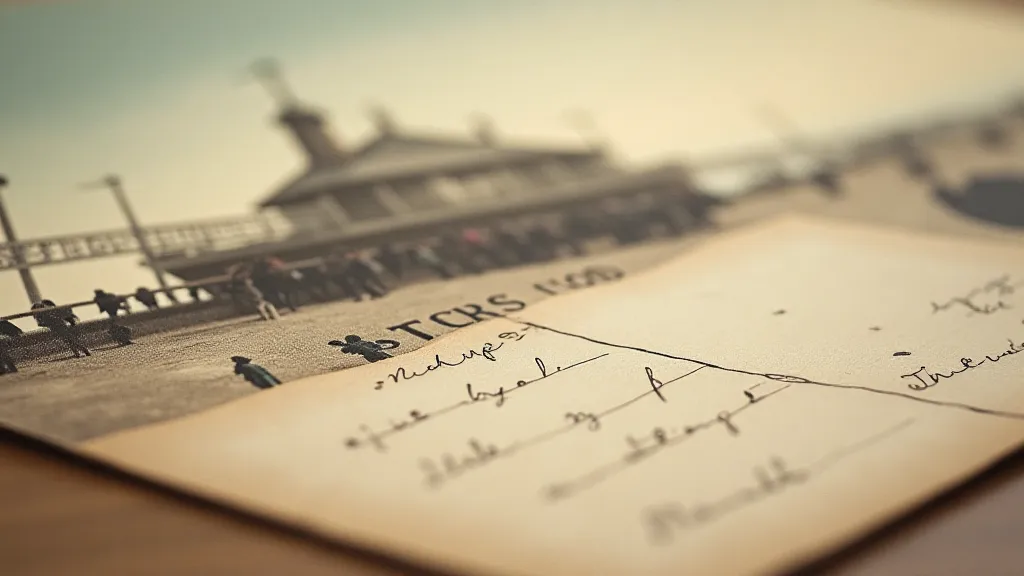
Craftsmanship and the Card's Physicality
Beyond the narrative potential, the physicality of these vintage postcards contributes significantly to their charm. The cardstock itself – often thick and textured – feels remarkably solid in the hand. The printing techniques of the era, often utilizing chromolithography, resulted in vibrant colors and intricate details. Examining a vintage postcard closely reveals a level of craftsmanship rarely seen in modern mass-produced items. The imperfections – the slight misalignments, the subtle variations in color – are not flaws; they are testaments to the human touch involved in their creation. This tangible quality amplifies the emotional weight of the blank space. It’s a physical reminder of the unwritten words, the unshared experiences.
Restoring vintage postcards is a delicate art. Over time, cards can become brittle, stained, or damaged. While professional restoration is often the safest option, careful cleaning with archival-safe materials can help preserve their condition. The key is to avoid harsh chemicals or abrasive techniques that could damage the image or the cardstock. Ultimately, the goal is to stabilize the card's condition, not to erase its history. That faded ink, that slight crease—they are all part of the story.
The Echo of Potential
The unsent message isn't a tragedy; it’s a poignant reminder of the fleeting nature of connection. It speaks to the countless moments where words remained unspoken, where lives intersected briefly and then drifted apart. It’s a subtle melancholy that resonates deeply, particularly when contemplating the vastness of time and the impermanence of human relationships. Each blank space whispers of lost opportunities, of dreams deferred, of lives lived in parallel but ultimately separate.
Collecting vintage postcards isn't just about acquiring beautiful images; it's about collecting fragments of history, echoes of forgotten lives. It’s about appreciating the beauty of absence, the power of suggestion, and the enduring allure of the unsaid. It’s about recognizing that the most compelling stories are often found not in the words that were written, but in the spaces left intentionally, or unintentionally, blank.
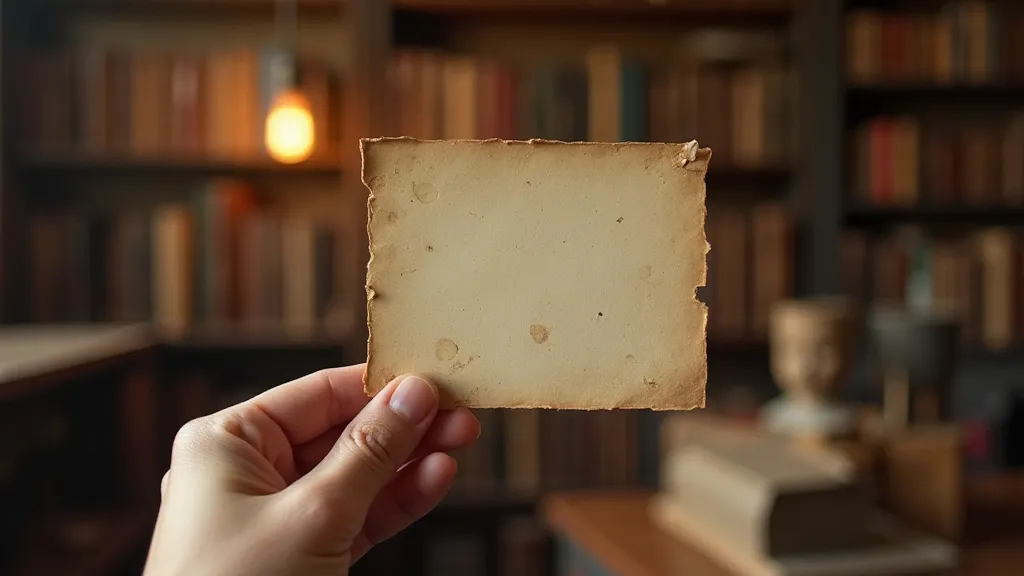
Beyond the Image: Appreciating the Absence
Perhaps the most rewarding aspect of collecting these postcards is the ability to project one’s own imagination onto the empty space. What was the sender like? Who was the intended recipient? What was the occasion? The blank space becomes a canvas for personal interpretation, allowing each collector to create their own narrative around the card. It’s a collaborative process, a dance between the past and the present, where the unspoken words find a voice through the collector's imagination.
The value of a vintage postcard isn’t solely determined by its rarity or its subject matter. While some cards are undeniably valuable due to their historical significance or artistic merit, the true worth lies in the emotional connection they evoke. A card with a blank space, a card that speaks of untold stories and lost connections, can be just as valuable – if not more so – than a pristine example of a well-known image. It is in these moments of absence that the true magic of the vintage postcard is revealed.
